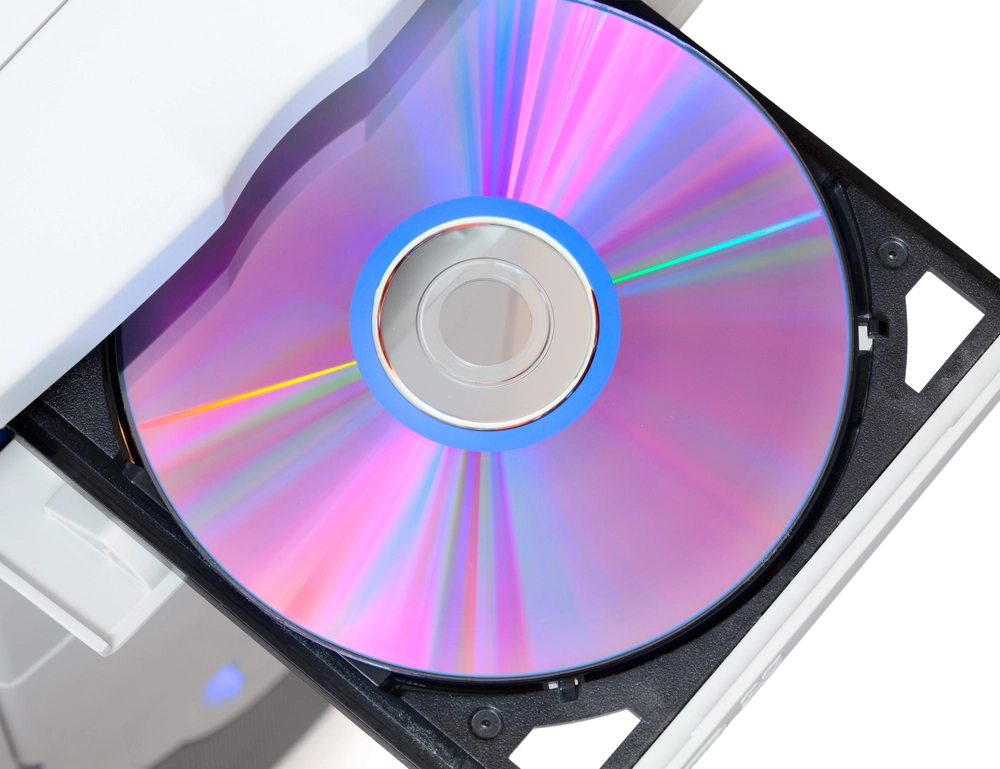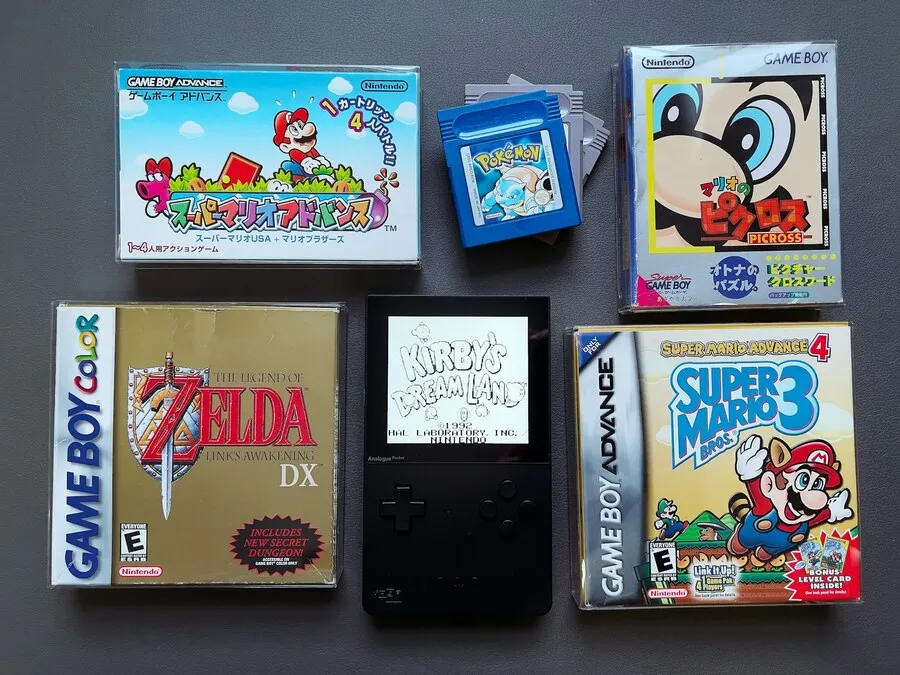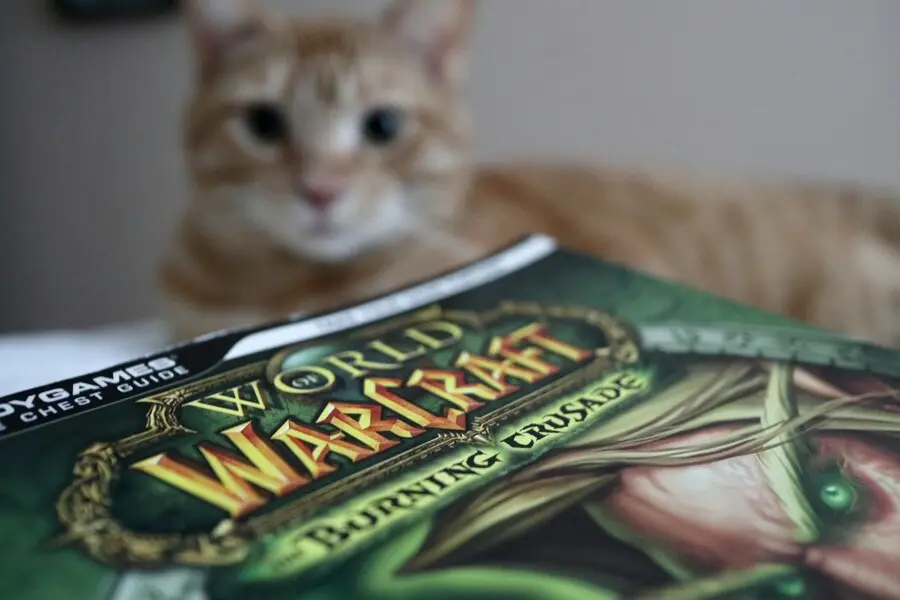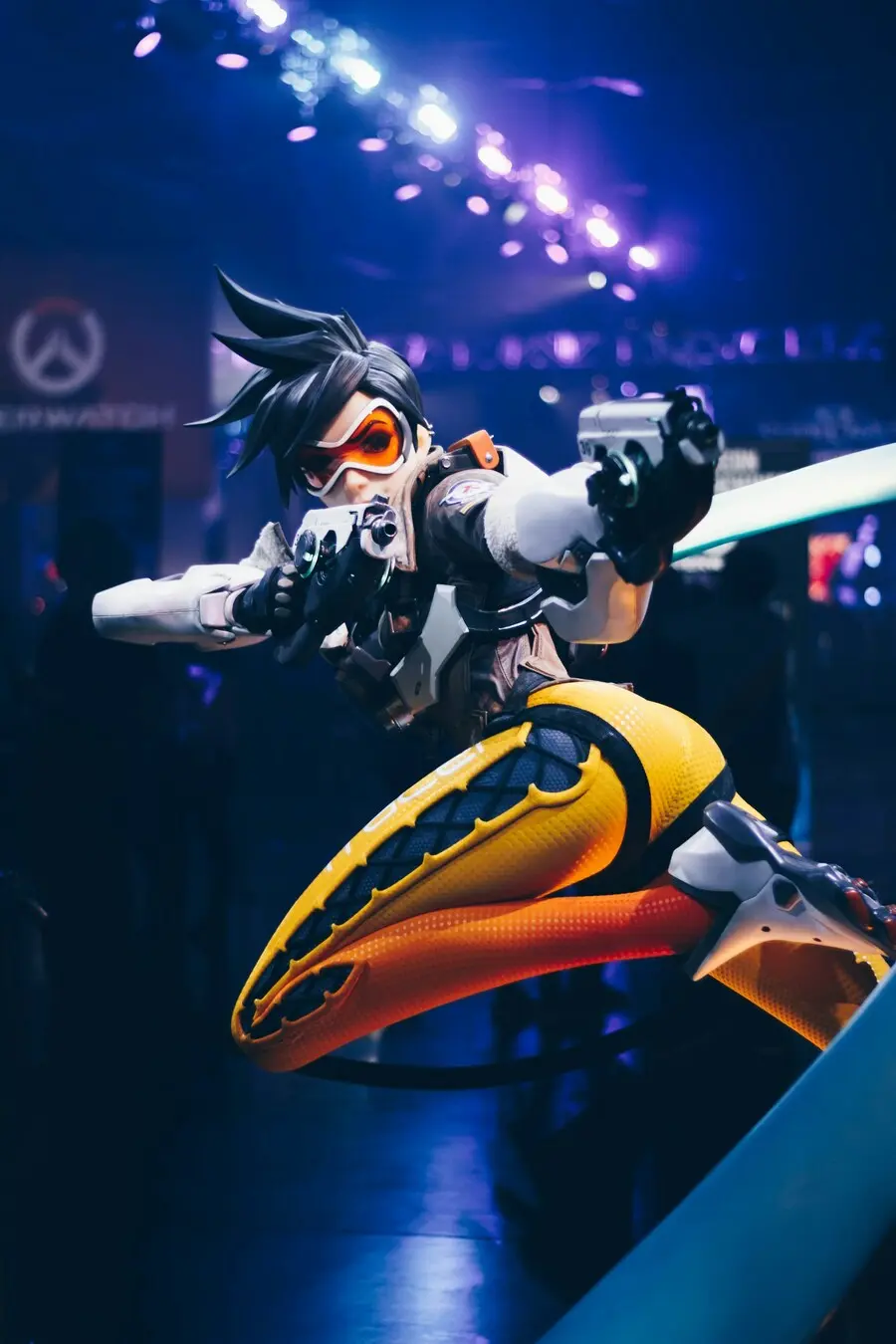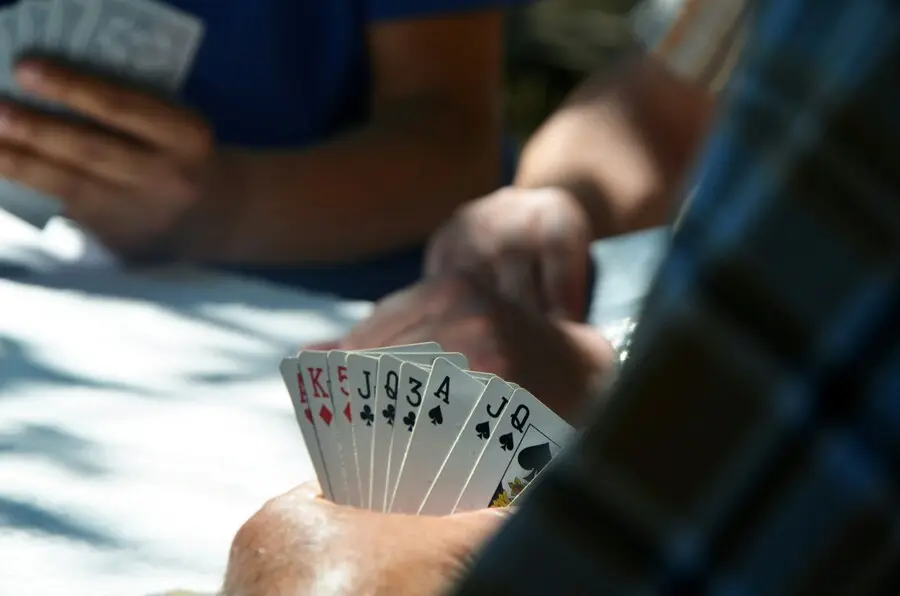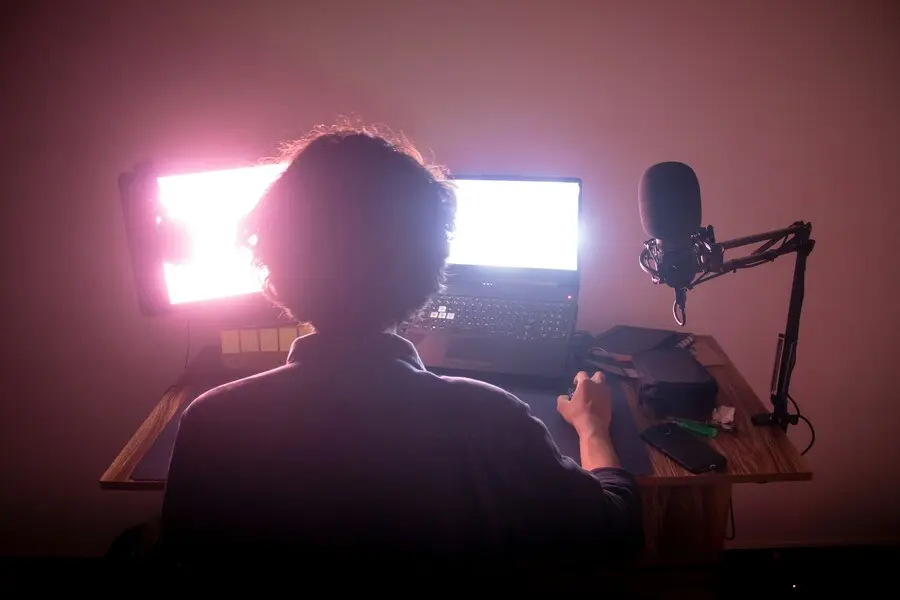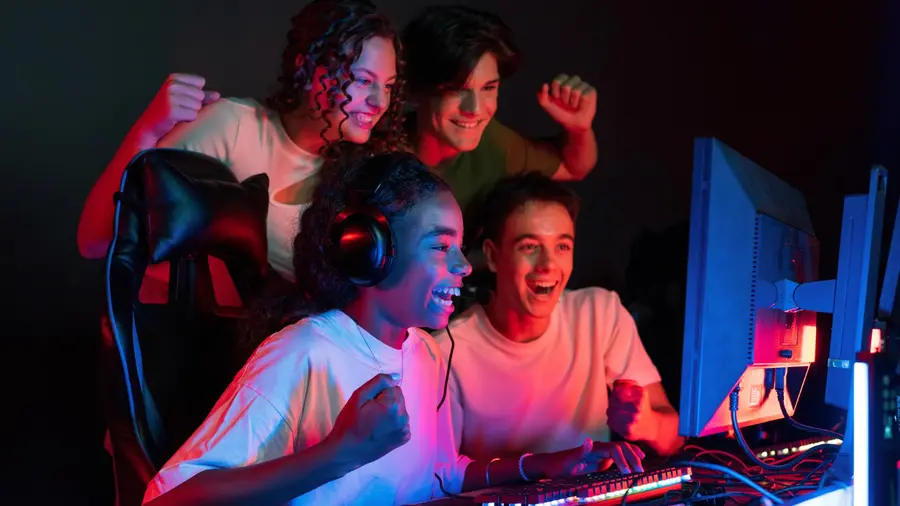I have been selling Karaoke products for nearly 25 years, which tells you at least two things; one, that I’m not a spring chicken (if you do the math, I have to be at least 45 years old because who starts selling Karaoke when they’re 13?) and two, I’ve seen a lot of changes in the karaoke market, especially when it comes to the machines that are available.
When I first started selling karaoke in the 1980’s there were basically four major companies involved with the production of American karaoke machines and software. They were Pioneer, Sony, BMB/Nikkodo, and Megastar. Soon to follow were most of the major electronics companies, companies like Panasonic, JVC, RCA, Yamaha, Sanyo, among others. But the biggie of all these companies, as far as karaoke was involved, was Pioneer. Pioneer initially started with their Laser Disc line, offering both the hardware and a very successful software line. Pioneer released less than 100 Professional 28 Song English Karaoke Laser Discs between 1986 to 1994, and each Laser Disc sold for upwards of $150. Although 100 discs did not seem like a lot, on top of these Laser Karaoke Discs, there were thousands of movies, concerts, vintage TV shows, and other video programs being produced by Pioneer. Then other companies began their production of Laser Discs, not only in the karaoke field, but in all aspects of the video industry. The quality of the Laser Disc was far superior to the then prevalent VHS and Betamax formats, it even initially proved better than DVD, both in audio and in video quality. Oh, the future of Laser Disc looked bright. Here was a format that could bring the old movies and t.v. programs back to life, to a realism never before possible. However, in time, trouble started to develop for Pioneer and eventually the entire Laser Disc industry.
First of all, the Laser Disc proved too costly for the American Consumer. On a karaoke disc, 28 songs was about the most that could be programmed onto the disc, 14 per side. At $150 per disc, the cost per song was over $5 each track. If that was the only karaoke available, which it was for a short while, then people would pay that because there was no other option. However CD+G karaoke soon was introduced and 18 tracks sold for around $40, the cost per song being less than half of what it was on Laser Disc. Pioneer, and other developers of Laser Disc Karaoke, were probably banking on the fact that the quality of the music was superior on the Laser Disc and also that CD+G Karaoke did not display any moving video, just the lyrics of the songs for the most part.
That brings us to our second problem with Laser Disc Karaoke. Karaoke started in Japan and soon was very popular in the entire Far East. Almost all the karaoke software available in these places – China, Japan, the Philippines, Thailand, etc. would display a moving video along with the lyrics to the songs. CD+G karaoke has never been popular in these places, since there was no accompanying video to the lyrics of the songs. However the American Public did not take to the video portion of the karaoke tracks. Although Pioneer did a pretty decent job at shooting videos with good looking actors, some sort of storyline, or exotic scenes, most people in the U.S.A. considered the video portion of the karaoke song to be a distraction. That meant that Pioneer was spending more money on developing karaoke tracks for a feature that most would rather choose not to see. Other companies also added to the disdain of Laser Karaoke by producing cheap videos with poor lighting, ugly actors, and videos that had no apparent connecting storyline to the theme of the song. So, basically the feature that was supposed to make Laser Disc Karaoke stand apart from CD+G Karaoke and be it’s big selling point, the moving video, in the end proved to be a contributing factor to it’s demise.
Another contributing factor to the extinction of Laser Karaoke was the size of the discs. Each professional 28 Song Laser Disc was 12 inches round, the same size as a 33 RPM record. However it was heavier than a record. When professionals in the business had to haul around 100 or more of these discs, the temptation to switch to a lighter, easier, more accessible format, the CD+G, proved too great. Pioneer tried to combat this problem by offering a smaller, lighter 8″ Laser Disc. This solution only created another problem. The smaller Laser Disc only had about 8 songs, that’s all that could be programmed onto them. That meant that to have the same amount of songs to offer, a KJ would not have to haul around 500 or more of these discs.
Although a Laser Disc was quite large in size, the amount of information that could be stored on it was quite limited, about 60 minutes per side. With karaoke songs, this did not initially prove to be a problem, as songs are only 3 to 5 minutes long. However when watching movies, this became a problem. Right in the middle of the movie, possibly in the middle of a dramatic scene, the Laser Disc would need to be flipped over. Laser Disc machines would later be developed that flipped the disc automatically at the end of playback of side A over to side B. This still proved to be a problem when viewing movies or programs that had a running time of over 2 hours, since the rest of the program would have to be stored on a second disc, requiring the manual removal of the first disc and insertion of the second disc. In an American society that doesn’t want to get up from the couch once the movie starts, this limitation proved to be too great. Since Laser Disc did not catch on and the American consumer, for the most part, did not switch their VCRs to Laser Disc players, Pioneer could not support the format for just Karaoke enthusiasts. They pulled the plug on their Laser Karaoke line in the mid-1990’s, converting many of their Karaoke Music tracks over to the CD+G or DVD format. The ‘writing was on the wall’ when Pioneer, the great Proponent of Laser Karaoke, introduced a CD+G Karaoke machine without Laser Disc capability. Laser Disc Karaoke was definitely on it’s way out.
Many of you who have been singing for some time may have gone the route of Laser Karaoke and some of you may still have a Laser Karaoke player that you pull out for family get-togethers or every once in a blue moon. Well I’ve got good news and bad news for those of you that are still clinging on to these old karaoke dinosaurs. The bad news is that if you want to sing any music from this century you will need to buy your karaoke on the cd+g format. Some of you may have a combo Laser Disc/CD+G player, so that will not be a problem. If you do not have one of these, there are many inexpensive karaoke players available. Which brings me to the good news. Karaoke hardware and software is getting more and more affordable. On the software side – some companies that still have an old stock of Laser Discs will offer these at a substantial discount. I know of one company that offers brand new Karaoke Laser Discs for as low as $8.00 each. Karaoke CD+G’s are often priced in the $10.00 range. New digital formats offer songs for a cost as low as 10 cents a song, a far cry from the $5.00 a song that was once the norm for Laser Disc Karaoke. As far as hardware goes – machines are priced well below $100.00, many of them with features that include MP3+G playback and even some that have MP3+G recording. The evolution of karaoke may have seen the extinction of the Laser Karaoke format but what now has replaced it more than compensates for the loss. Karaoke machines and discs are now more affordable than ever and available to anyone who wants to sing.
Rest in peace, Laser Disc Karaoke. You started us off on the course of bringing quality karaoke tracks right into the comfort of our own homes, but, alas, your time here on earth was short. Now you can only be found in attics, garage sales, and second hand stores, next to Pet Rocks and 8-Track Machines. We will miss you and forever be grateful for your contribution to the karaoke world.
Source by Dean Joaquin

